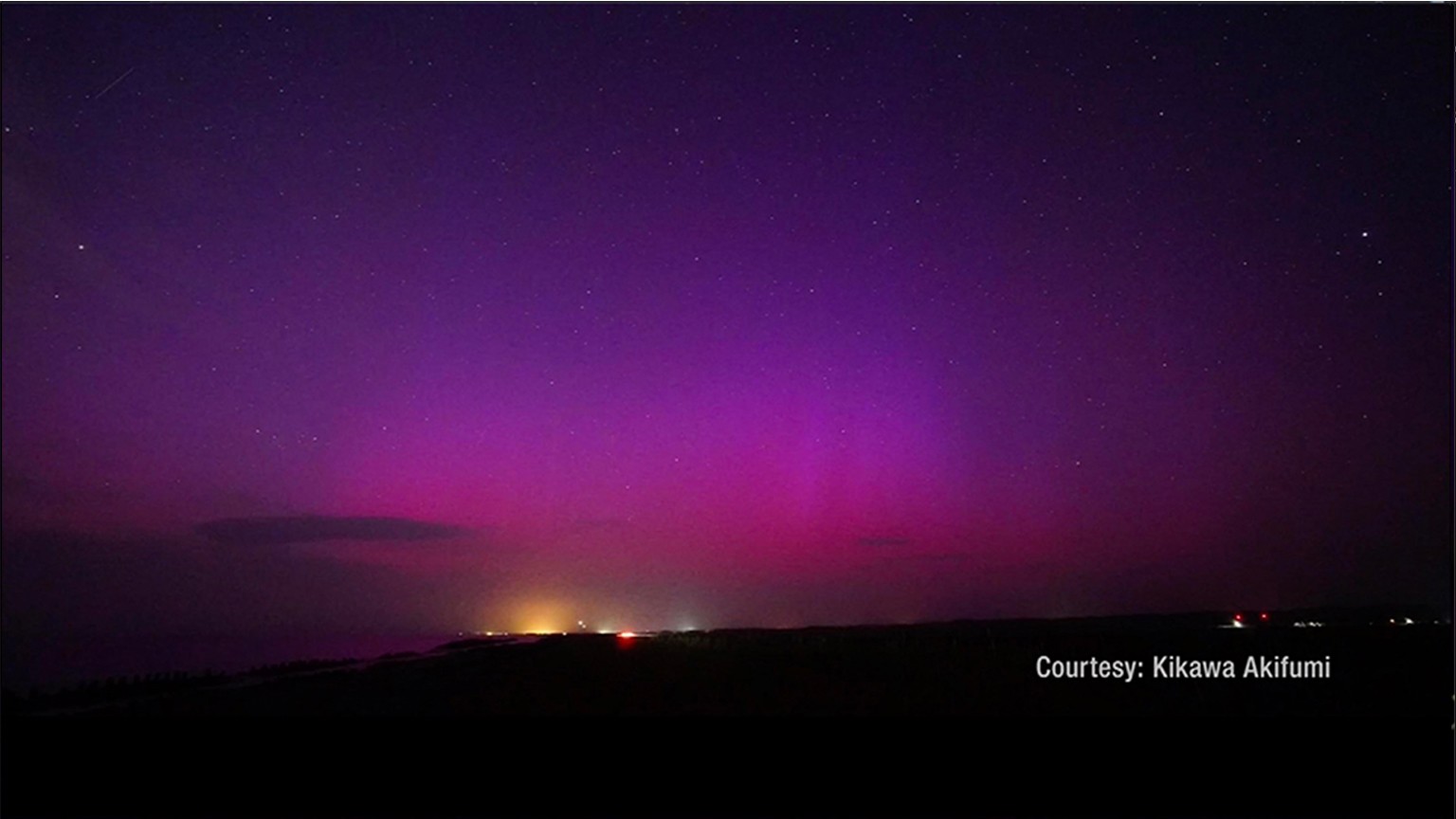Astronomical show in Hokkaido
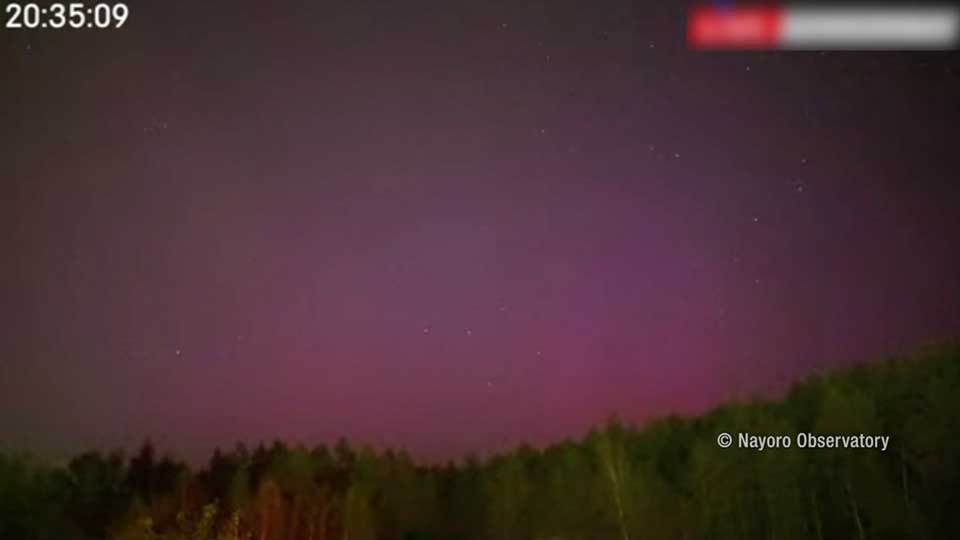
The lights, also known as the aurora borealis, were visible over a wide area of Hokkaido, Japan's northern most prefecture, from Saturday night through early Sunday morning.
In Rikubetsu Town in eastern Hokkaido on Saturday, crowds gathered at a local astronomical observatory to catch a glimpse of the rare spectacle. The town is known as one of the best places to see the aurora because there are few city lights to the north.


An official at the observatory filmed this image.
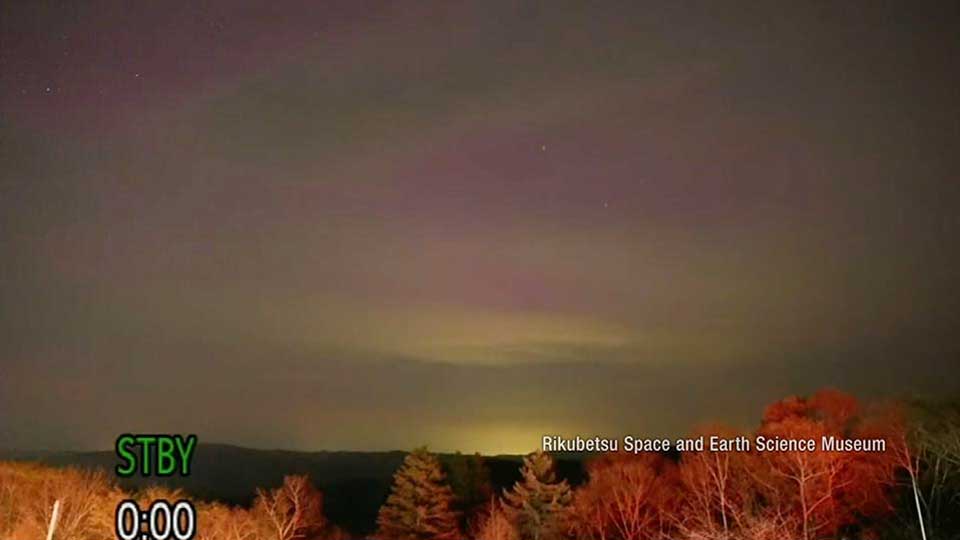
The official said the lights were believed to be low-latitude auroras as the sky behind the clouds shone brightly.
Further south
An NHK cameraman captured this image at 9:30 p.m. on Saturday in Wajima City in the Noto Peninsula, Ishikawa Prefecture, central Japan. He said the lights were invisible to the naked eye, but could be seen through a camera lens.
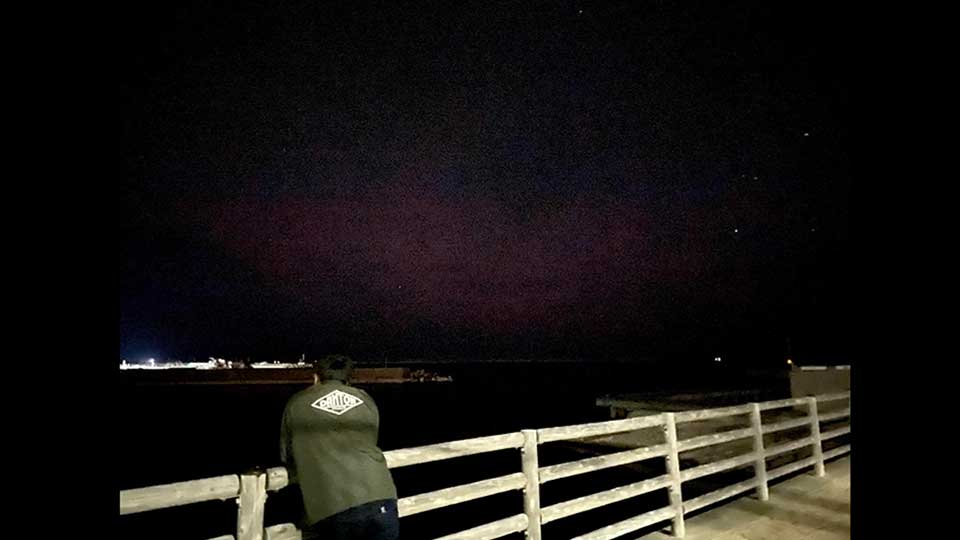
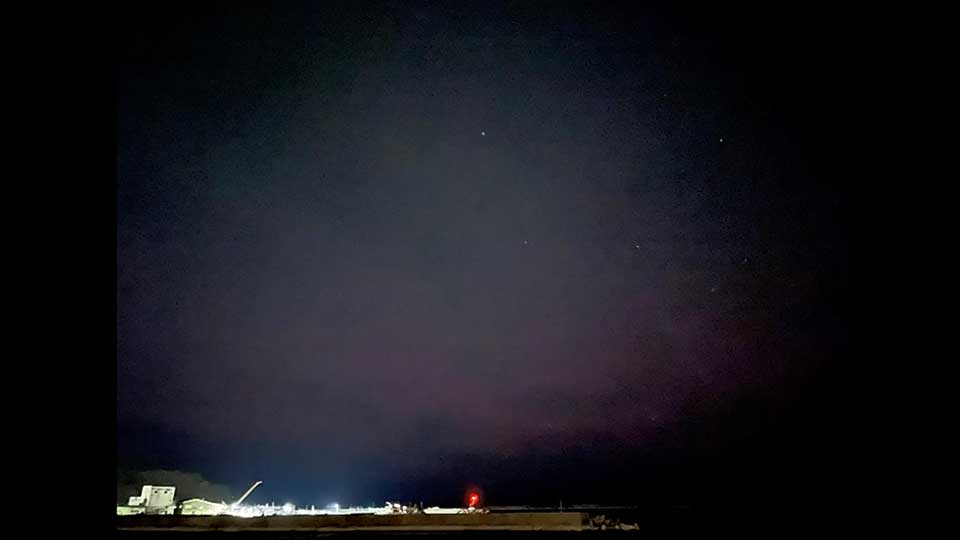
Impact from the sun
Rare auroras have been observed in many parts of the world. The lights were triggered by a surge in solar flares.
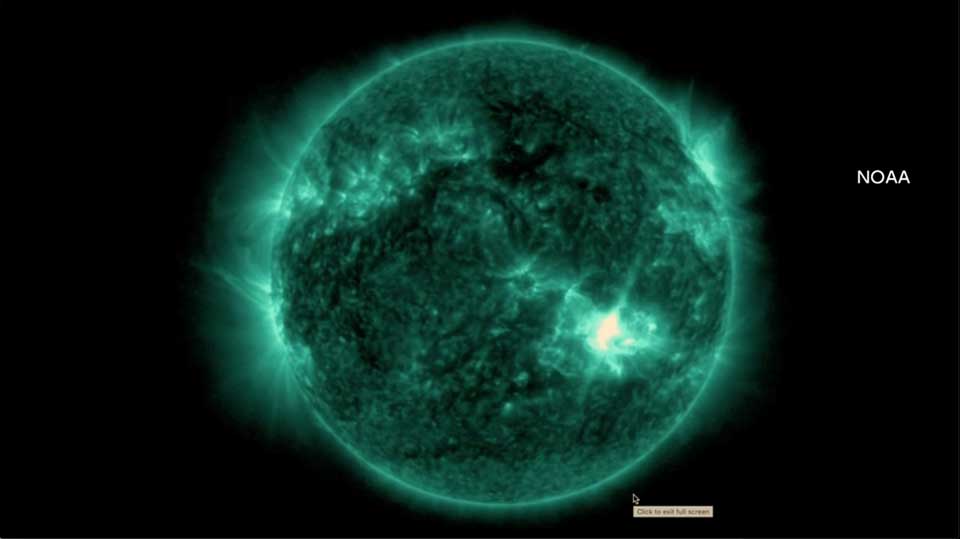
Solar flares are powerful bursts of energy from the sun's surface. Experts at Japan's National Institute of Information and Communications Technology say there were seven powerful solar bursts classified as the largest from Wednesday through Saturday morning. This is the first time in recorded history that solar flares of this scale have occurred seven times in 72 hours.
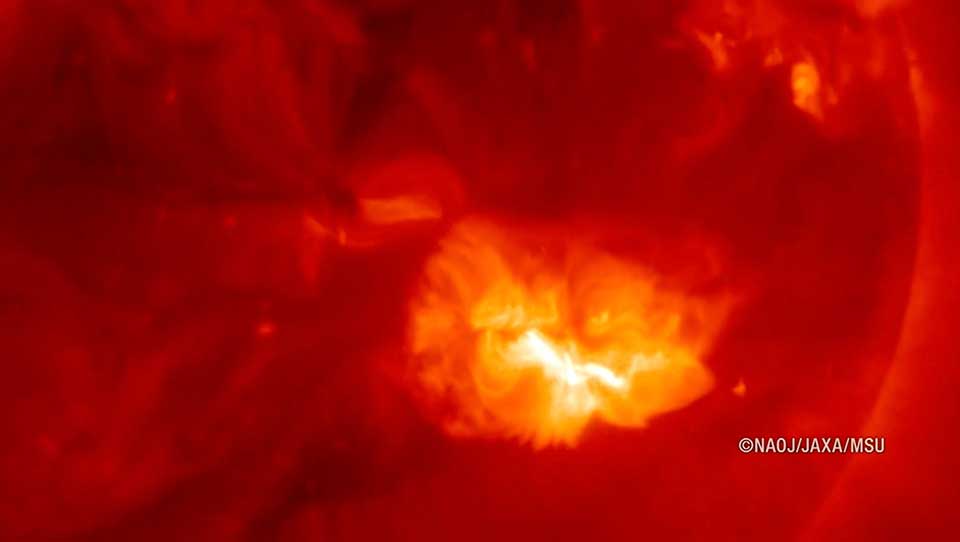
Auroras are a phenomenon in which high-energy particles flying around the Earth are drawn by its magnetic force and emit light when they collide with the atmosphere.
It is usually observed in high-latitude regions near the North and South Poles.
When a solar flare occurs, a large amount of gas and particles are released from the sun. When they approach the Earth, they weaken the planet's magnetic field. As a result, the area of an aurora's activities expands, making them visible at lower than usual latitudes.
Be careful for several days
On the other hand, experts point out negative effects that could be caused by solar flares.
They say communications satellites, GPS location information and short-wave radio communications could be affected.
Officials at the NICT say the latest episode of solar flares is unlikely to impact cellular phone services. But they warn that GPS and certain types of radio communications might be affected for a few days.
